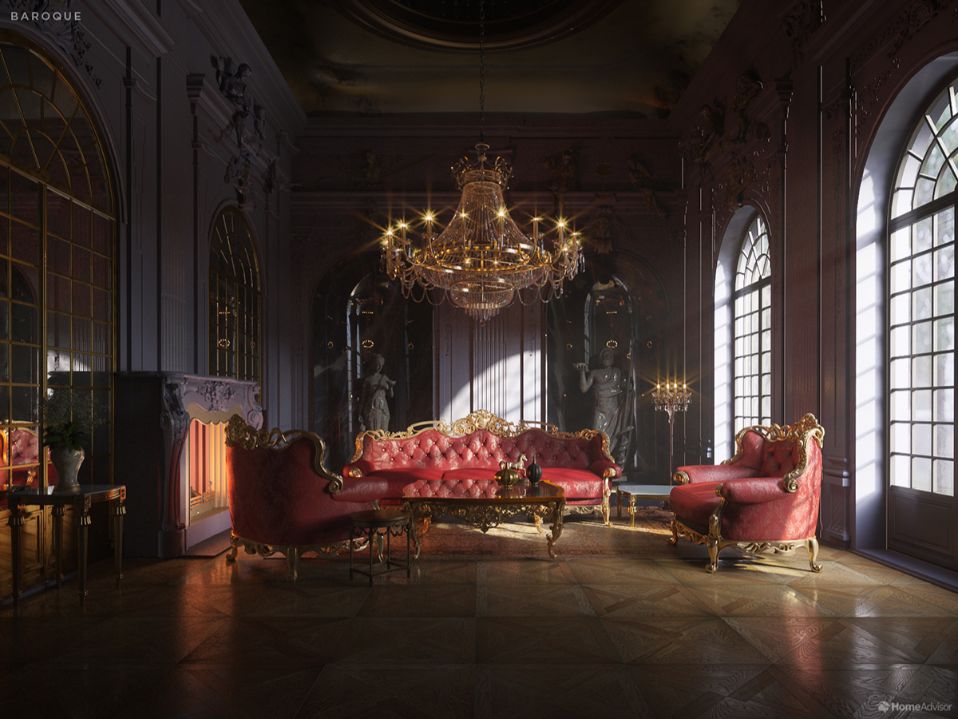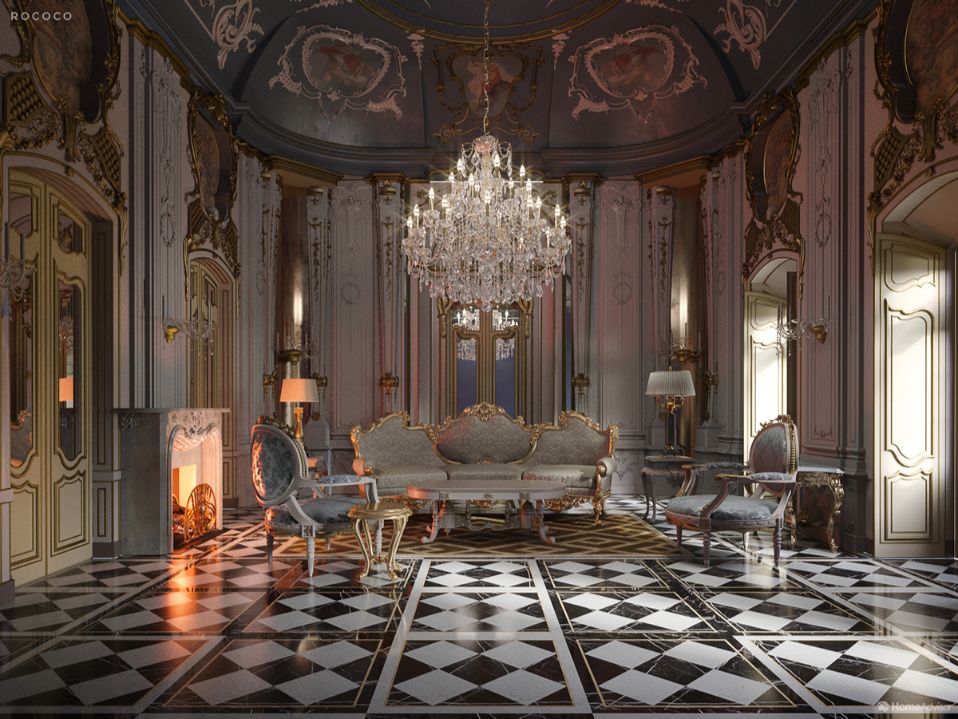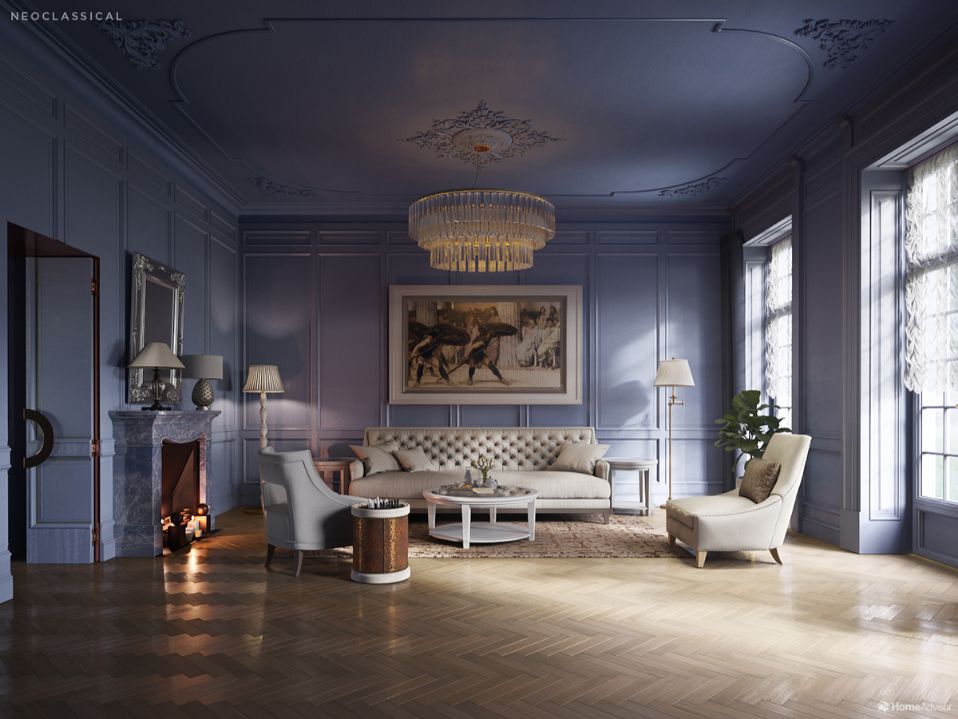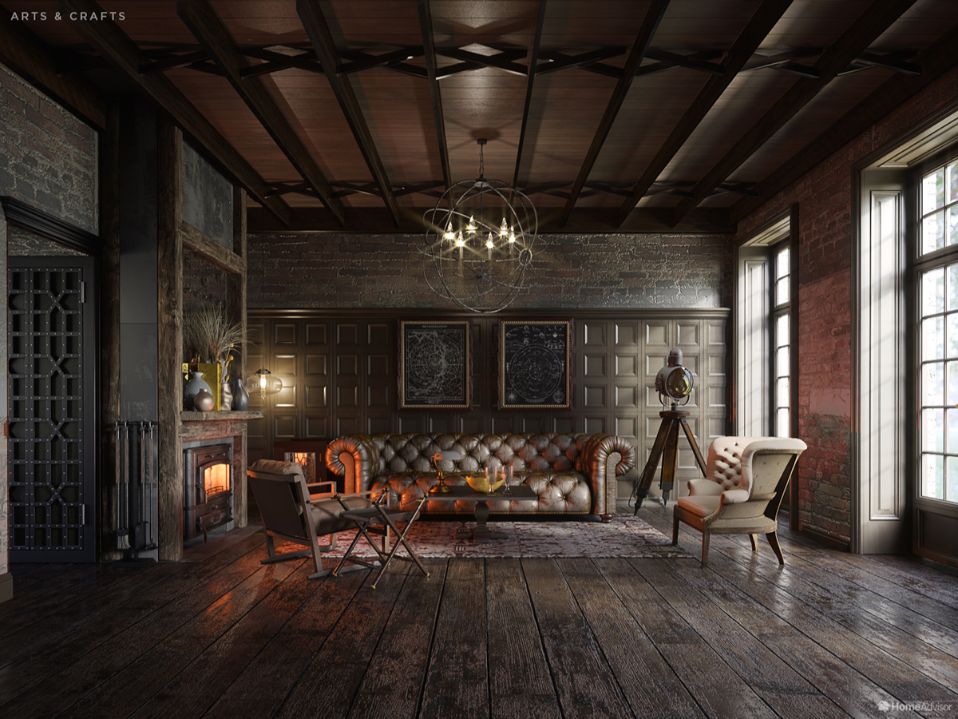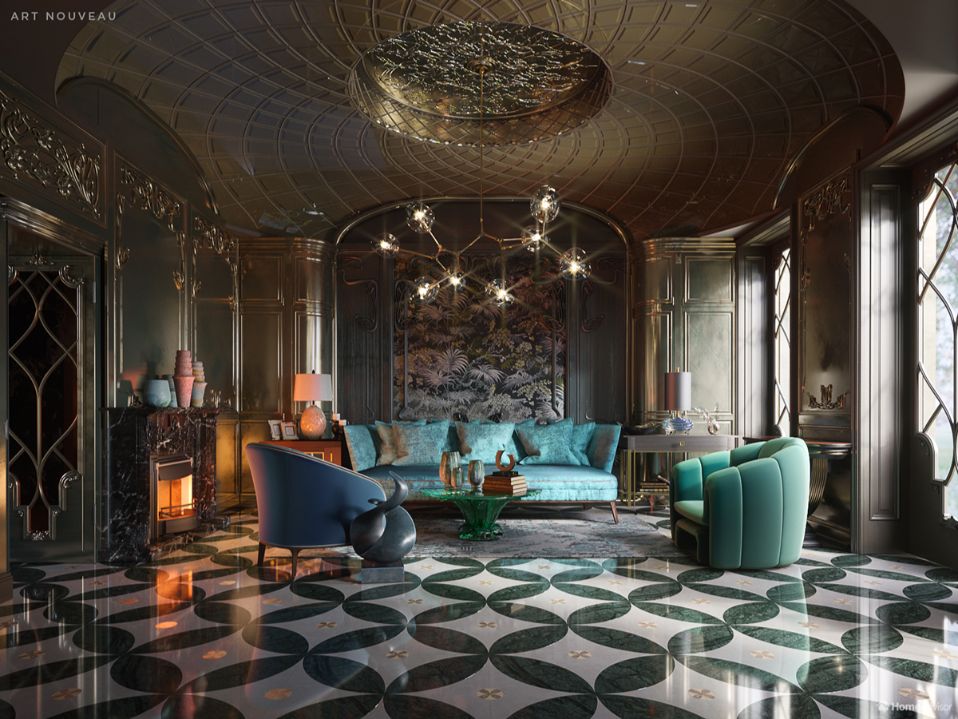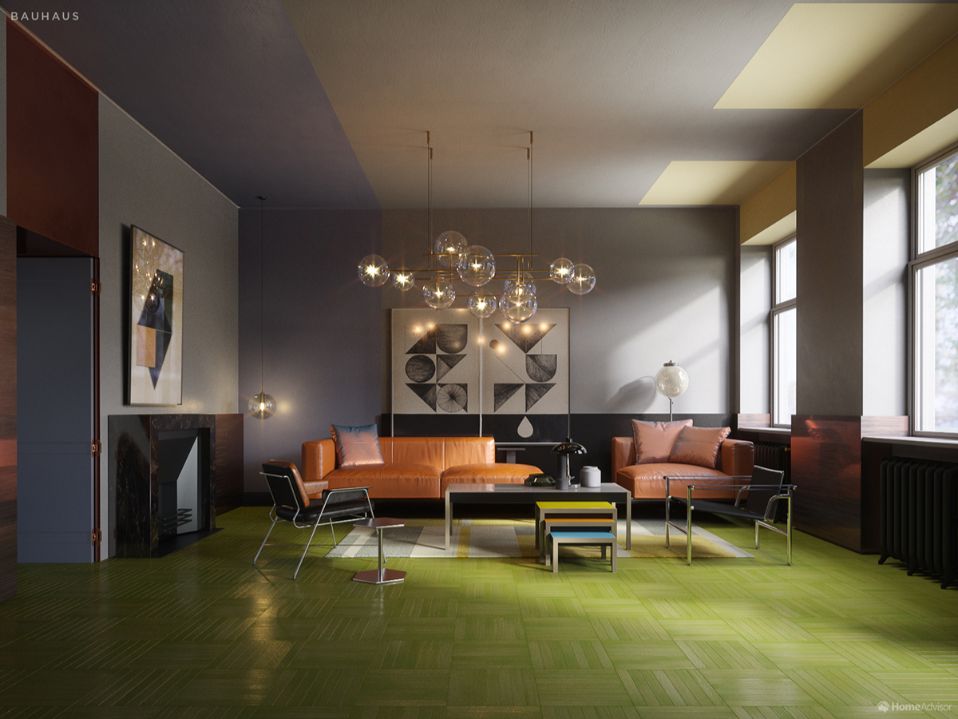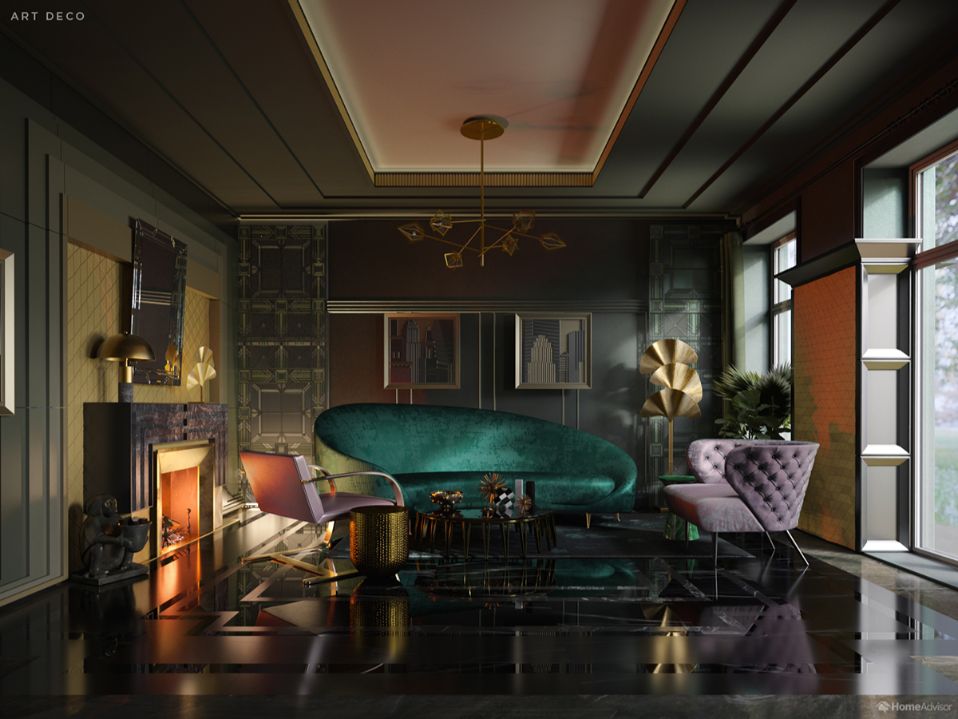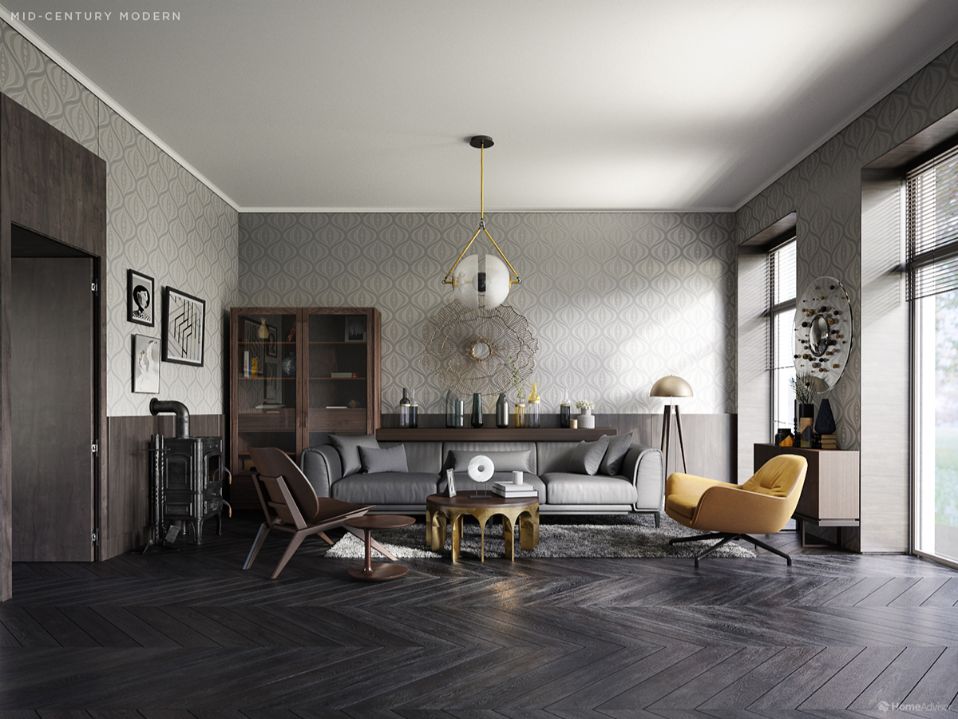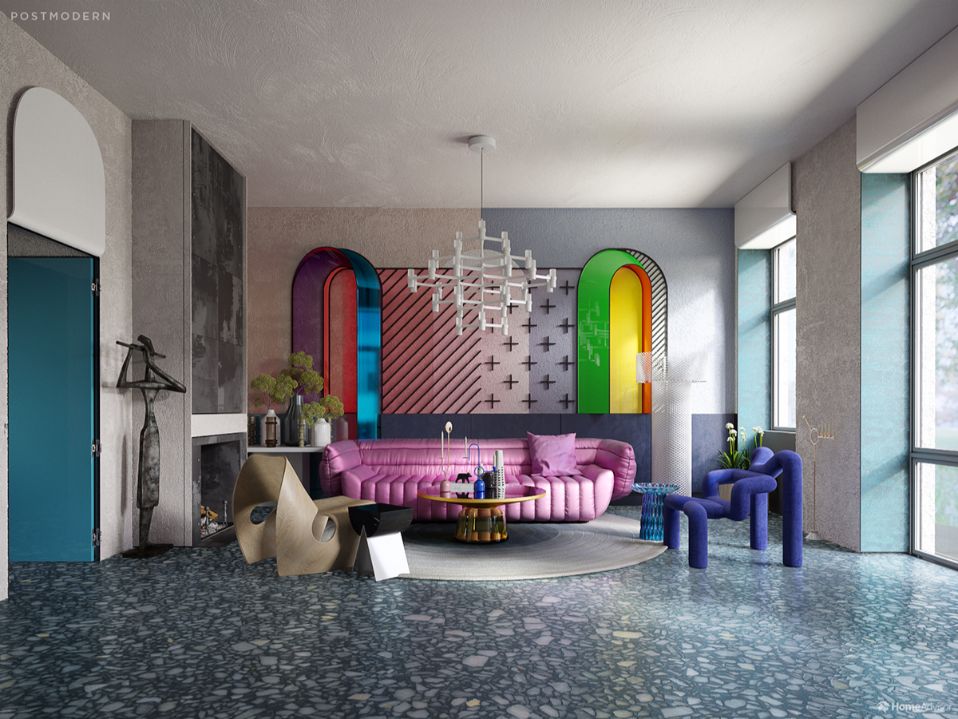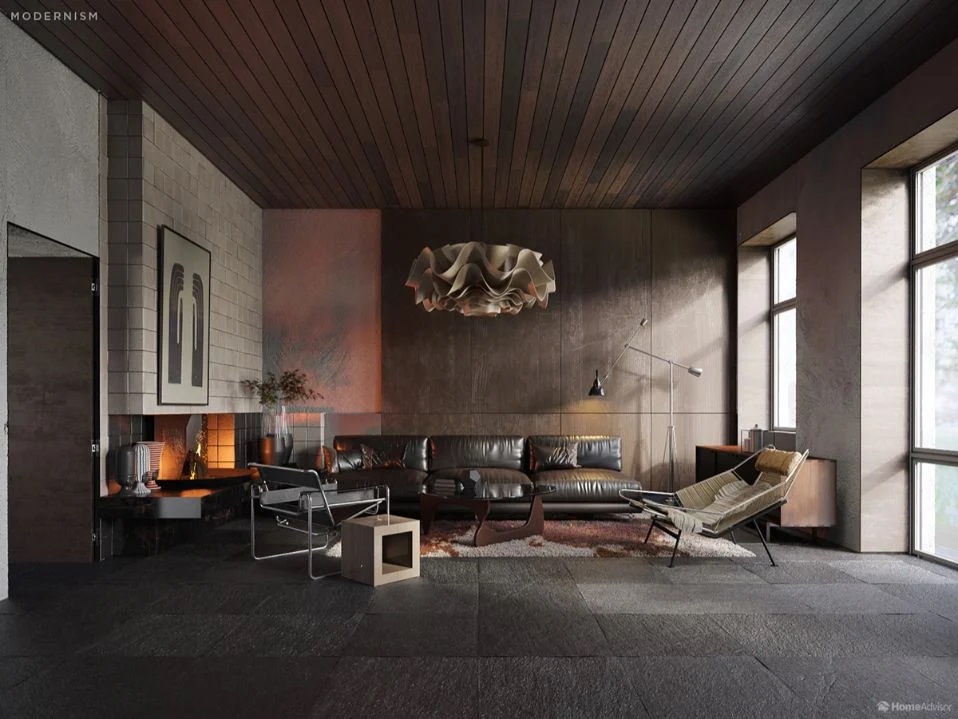-
Learn Django 3 and Start Creating Websites With Python
Learn how to do back end web development using the popular Python Django framework. You’ll build data visualization web apps using Pandas dataframes, Matplotlib, and Seaborn. You’ll also work with PDF rendering and even base-64 encoding. (7 hour YouTube course)
-
Reuben Wu – Glowing Geometric Light Paintings
www.thisiscolossal.com/2021/04/reuben-wu-ex-stasis/
Wu programmed a stick of 200 LED lights to shift in color and shape above the calm landscapes. He captured the mesmerizing movements in-camera, and through a combination of stills, timelapse, and real-time footage, produced four audiovisual works that juxtapose the natural scenery with the artificially produced light and electronic sounds.
-
The Rookies – Creative Industries Certification
The Rookies is working on an ambitious task to create a free online resource that will standardize the skills and knowledge for digital artists on a global stage. The resource will outline essential creative and technical skills required by all artists before applying for industry positions in VFX, video games and animation.
To get involved, give back and help others as they start their career pathing, click on links below and give your insights! Everyone has value to add!
3D Animation: https://lnkd.in/gSJPdFS
Visual Effects: https://lnkd.in/gk2-gNM
Games: https://lnkd.in/ghdGVbN -
The Farm to acquire Technicolor Post and VFX in the UK
www.broadcastnow.co.uk/tech/the-farm-to-acquire-technicolor-post-and-vfx/5159141.article
The companies involved are the businesses operated under the ‘Technicolor Post’ and ‘Technicolor VFX’ brands, and not Technicolor-owned facilities such as The Mill and MPC.
-
Key/Fill ratios and scene composition using false colors
To measure the contrast ratio you will need a light meter. The process starts with you measuring the main source of light, or the key light.
Get a reading from the brightest area on the face of your subject. Then, measure the area lit by the secondary light, or fill light. To make sense of what you have just measured you have to understand that the information you have just gathered is in F-stops, a measure of light. With each additional F-stop, for example going one stop from f/1.4 to f/2.0, you create a doubling of light. The reverse is also true; moving one stop from f/8.0 to f/5.6 results in a halving of the light.
Let’s say you grabbed a measurement from your key light of f/8.0. Then, when you measured your fill light area, you get a reading of f/4.0. This will lead you to a contrast ratio of 4:1 because there are two stops between f/4.0 and f/8.0 and each stop doubles the amount of light. In other words, two stops x twice the light per stop = four times as much light at f/8.0 than at f/4.0.
theslantedlens.com/2017/lighting-ratios-photo-video/
Examples in the post
-
Monitor Color Calibration Probes – Datacolor SpyderX vs X-Rite i1Display Pro Plus
https://www.amazon.ca/dp/B0076A620Y
Datacolor SpyderX Elite
This excellent monitor calibrator comes with useful features, such as multi-monitor and projectors support, and it can detect the light conditions you’re working in to ensure your monitor looks its best.X-Rite i1Display Pro Plus
Supports multiple monitors and HDR.
You’re able to use your profile across multiple displays (either on the same machine or network) as well as assess the ambient light in your workspace to set your monitor up for best results.https://www.amazon.ca/X-Rite-i1Display-Pro-Plus-EODIS3PL/dp/B07XFX74V6
COLLECTIONS
| Featured AI
| Design And Composition
| Explore posts
POPULAR SEARCHES
unreal | pipeline | virtual production | free | learn | photoshop | 360 | macro | google | nvidia | resolution | open source | hdri | real-time | photography basics | nuke
FEATURED POSTS
Social Links
DISCLAIMER – Links and images on this website may be protected by the respective owners’ copyright. All data submitted by users through this site shall be treated as freely available to share.








